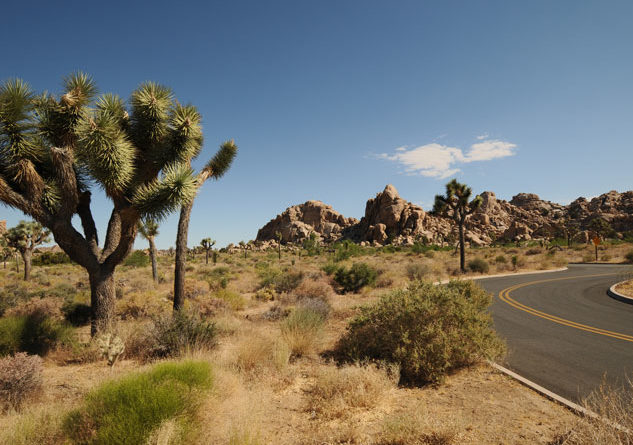Suzanne Potter
California News Service
SACRAMENTO, Calif. – If you’ve ever fished off a pier, swum in a public pool, played ball on a local field or hiked in a state park, you’ve likely benefited from the Land and Water Conservation Fund.
That program could be permanently reauthorized this week as part of a massive public-lands package before the U.S. House.
The Natural Resources Management Act would expand Joshua Tree and Death Valley National Parks, add new off-road vehicle recreation areas in San Bernardino County, and add 80 miles of wild and scenic rivers, plus 700,000 acres of land to conservation and recreation areas across California.
J.R. Young, a California representative and board member of the group Backcountry Hunters and Anglers, says the fund has touched every corner of the state since its inception in 1964.
“There’s not a county in California that has not benefited from a Land and Water Conservation project. The list is massive,” Young says. “It’s just one of those critical core funding components that unfortunately, not a lot of people know about.”
Over the years, the fund has directed $2.4 billion to projects up and down the state, from Humboldt Redwoods State Park to the Lake Merritt bicycle path in Oakland, to a sports complex in Merced County, to Embarcadero Pier in San Diego.
The fund uses no taxpayer dollars, only revenues from offshore oil and gas drilling in federal waters.
Maite Arce, president and CEO of the Hispanic Access Foundation, says the thousands of local parks helped by the LWCF dollars are especially important to urban low-income communities. So, she thinks it is important to fully fund the program going forward.
“It’s only been fully funded at its annual $900 million cap twice in 54 years,” Arce explains. “So, on average, Congress authorizes Land and Water Conservation Fund to receive only about 46 percent of its allowed amount.”
Its backers say the public-lands package also would greatly benefit California’s $92 billion outdoor recreation industry. It passed the Senate last week by an overwhelming margin of 92 to 8.






